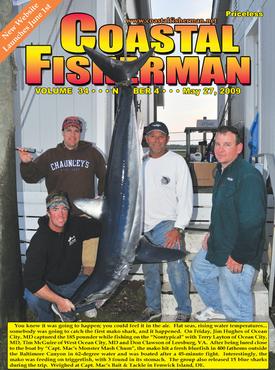


Article by Pat Schrawder
 PROPER USE OF YOUR VHF
PROPER USE OF YOUR VHF
Without question, the most popular form of communications for most boaters today is the VHF radio. They are low cost, small in size, draw little current, are easy to use, and have a range of about 25 miles on average. You can use them to talk to other boats or to base stations, receive up-to-date weather reports, reach the Coast Guard or an independent towing company, make telephone calls via the marine operator and, with fully operational DSC, automatically transmit your vessel’s position in an emergency. To accomplish these goals effectively, the FCC has designated certain channels on your vhf for particular uses. If you are new to the boating world, you may not understand what these channels are to be used for and which ones are best for you to use.
As originally designed, the VHF radio was intended as an emergency device and the channels set up kept that in mind. All vessels were to monitor channel 16 and, if they wished to make a call to another vessel, they would “hail” that vessel on channel 16 and then switch to another “working’ channel. As it has evolved and as so many radios have equipped with vhf, that has become somewhat cumbersome. As a result, boaters have learned what “working” channels most boaters stay on and just go directly there unless it is an emergency transmission.
With that in mind, here is how the channel uses currently line up:
Emergency Coast Guard - Use channel 16 to initiate conversation with the Coast Guard, followed by channel 22 as the working channel to continue communications. Note that you are NOT supposed to call the Coast Guard for a radio check.
Intership Safety Channel 6 - Use this channel for ship-to-ship safety messages and for search and rescue messages and ships and aircraft of the Coast Guard.
Navigational Channel 13 & 67 (Also known as the bridge-to-bridge channel.) - These channels are available to all ships. Messages must be about ship navigation, for example, passing or meeting other ships. You must keep your messages short. Your power output must not be more than one watt. This is also the main working channel at most locks and drawbridges.
Port Operations Channels 5, 12, 14, 20, 65, 66, 73 and 74 - These channels are used when you are concerned with operation of vessels in or near ports, locks and waterways.
Non Commercial Ship-to-Ship Channels 68, 69, 71, 72, 78A used for boat to boat traffic for average recreational boat use Marine Operator Channels 24, 25, 26, 27, 28, 84, 85, 87, 88 are used to place a telephone call via your VHF radio. The channel used will vary from area to area. Around Ocean City, we use channel 26.
State and Local Government use Channel 17.
Intership Safety Channel 6 is used primarily during search and rescue operations.
For environmental operations, Channel 15 is used.
WeatherChannels WX1, 2, 3, 4, 5, 6, 7, 8, 9 & 10 broadcast weather reports, wind and wave, tides, etc.
Distress calls are made on Channel 70.
Currently, recreational vessels that do not carry more than 6 passengers for hire do not need to have a FCC license. However, if your VHF has DSC capabilities and you wish to use the system as it was designed, you will need to get a license. You will receive an MMSI number that is unique to you. When you place a distress call via DSC, your radio will transmit your location (provided you have connected your GPS to your VHF) and the particular vessel/owner (by referencing your MMSI that is on file).
In summary, if you are using your boat in the Ocean City area, you will probably be best served with the following: Channel 16 to initiate a call for assistance in an emergency, Channel 26 to place a phone call via marine operator, Channels WX1, 2 or 3 for weather, Channel 13 for bridge tender and channels 68, 69, 71, 72 or 78A for boat-to-boat use.
Get to know your VHF radio channels. They make for a safer boating experience for everyone.
Pat Schrawder and her husband Larry are owners of L&L Marine Electronics on Golf Course Road in West Ocean City.